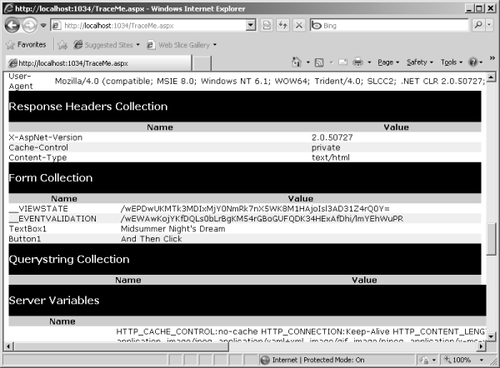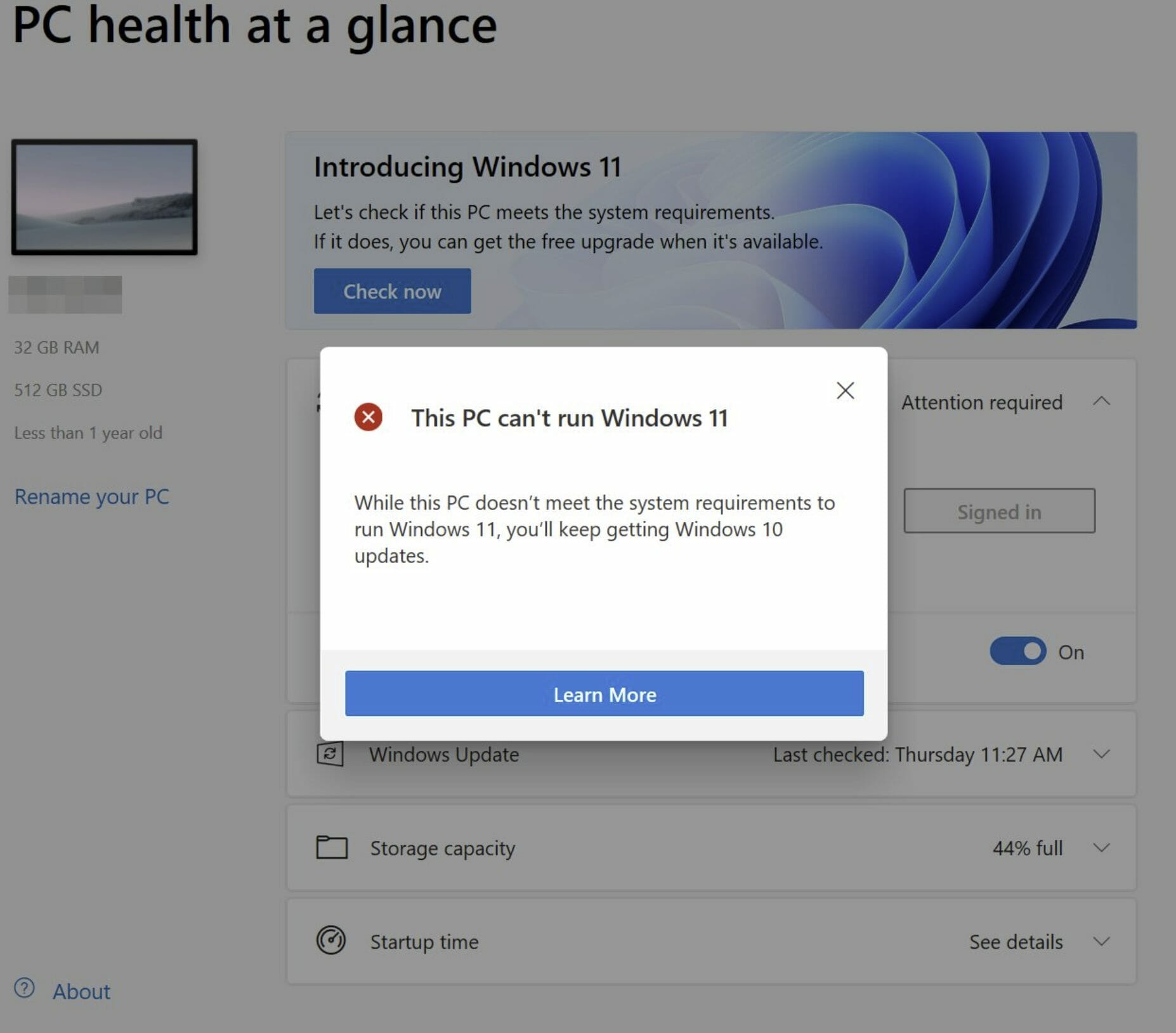

- #MICROSOFT DEBUG DIAGNOSTIC TOOL TUTORIAL ZIP FILE#
- #MICROSOFT DEBUG DIAGNOSTIC TOOL TUTORIAL UPGRADE#
- #MICROSOFT DEBUG DIAGNOSTIC TOOL TUTORIAL DOWNLOAD#
- #MICROSOFT DEBUG DIAGNOSTIC TOOL TUTORIAL FREE#
However, if the workspace retention is increased above 90 days, the retention of these data types will also be increased. And there is no charge for this 90 day retention. There are two data types that include Usage and AzureActivity which are retained for a minimum of 90 days by default. And, if it is imperative that data be kept for only 30 days, then use the Azure Resource Manager to set the retention to 30 days and with the immediatePurgeDataOn30Days parameter. However, workspaces with 30 days retention may actually retain data for 31 days.

And, when you set the data retention to 30 days, then you can point to an immediate purge of older data using the immediatePurgeDataOn30Days parameter. Moreover, the retention can be set with the Azure Resource Manager using the retentionInDays parameter. When the retention is less, there is a several day grace period before the data older than the new retention setting is deleted.
#MICROSOFT DEBUG DIAGNOSTIC TOOL TUTORIAL UPGRADE#
And further, you will need to upgrade to the paid tier in order to control this setting.
#MICROSOFT DEBUG DIAGNOSTIC TOOL TUTORIAL FREE#
However, if you are on the free tier, then you will not be able to modify the data retention period.

#MICROSOFT DEBUG DIAGNOSTIC TOOL TUTORIAL ZIP FILE#
On the other hand, for a scaled-out app, the ZIP file consists of one set of logs for each instance.įor Windows apps, the ZIP file consists of the contents of the D:\Home\LogFiles directory in the App Service file system. Secondly, Windows apps: For Linux/container apps, the ZIP file consists of console output logs for both the docker host and the docker container.
#MICROSOFT DEBUG DIAGNOSTIC TOOL TUTORIAL DOWNLOAD#
However, for logs stored in the App Service file system, the easiest way is to download the ZIP file in the browser at: If you want to configure the Azure Storage blobs option for a log type, then you require a client tool that works with Azure Storage. htm that are stored in the /LogFiles directory (d:/home/logfiles) is streamed by App Service. However, any information written to files ending in. Stream logsīefore streaming logs in real time, enable the log type that you want. However, by default, ASP.NET Core uses the logging provider. (“If you’re seeing this, something bad happened”) In your application code, use the usual logging facilities for sending log messages to the application logs.ĪSP.NET applications can use the class for logging information to the application diagnostics log. The table below shows the log categories included in each level: Select the Level, or the level of details to log.


 0 kommentar(er)
0 kommentar(er)
